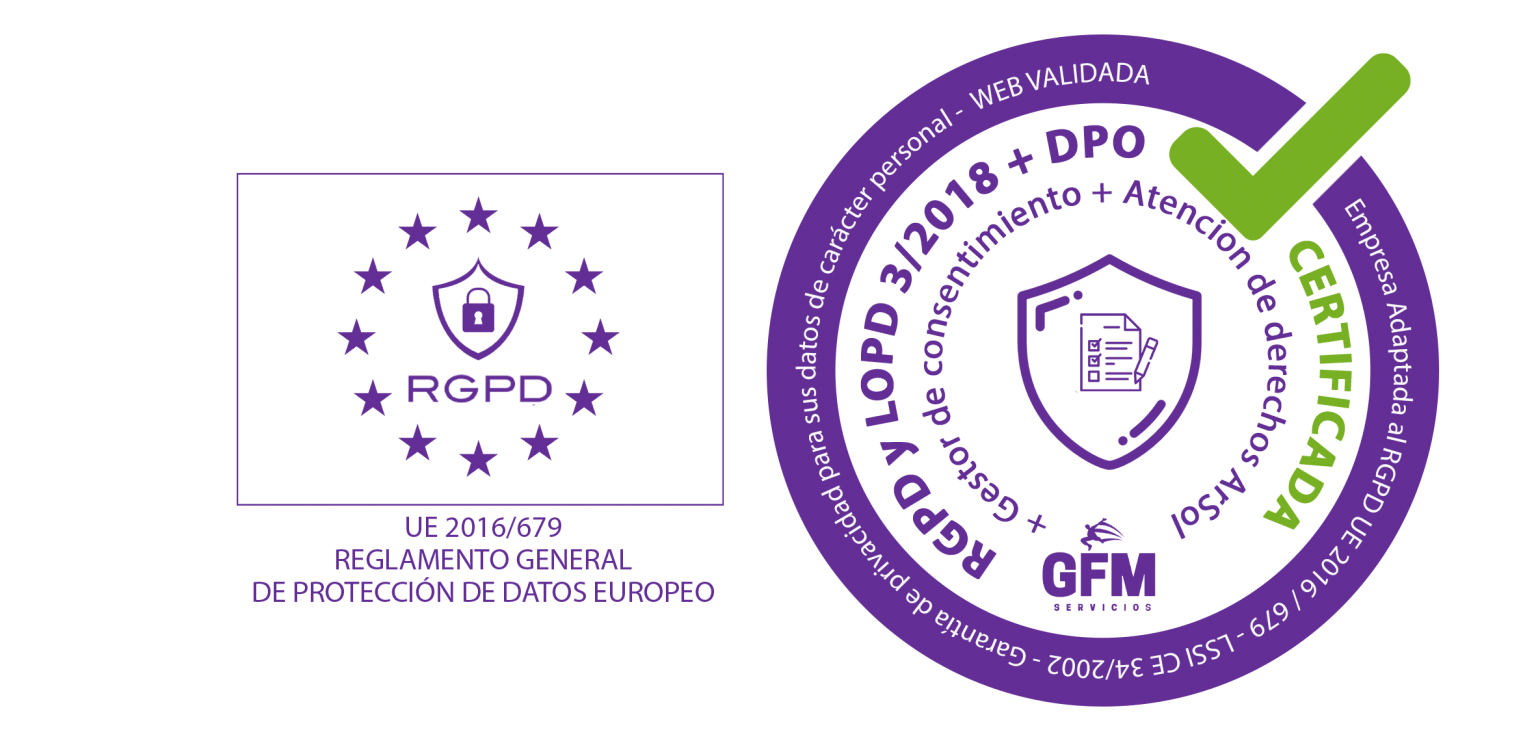Implementing micro-influencer campaigns tailored to niche audiences requires a nuanced, data-driven approach that goes beyond surface-level tactics. This comprehensive guide dives into the granular techniques and actionable steps necessary to identify, engage, and sustain impactful relationships with niche micro-influencers, ensuring your campaigns resonate authentically and deliver measurable results. We will explore each phase with technical depth, supported by real-world examples and strategic frameworks.
Table of Contents
- 1. Defining Micro-Influencer Niche Segments for Targeted Campaigns
- 2. Crafting a Hyper-Targeted Outreach Strategy
- 3. Designing Content Collaboration Frameworks Specific to Niche Audiences
- 4. Implementing Precise Tracking and Performance Metrics
- 5. Practical Tactics for Amplifying Niche Micro-Influencer Content
- 6. Managing and Maintaining Long-Term Micro-Influencer Relationships
- 7. Common Challenges and How to Overcome Them in Niche Micro-Influencer Campaigns
- 8. Final Best Practices and Strategic Insights
1. Defining Micro-Influencer Niche Segments for Targeted Campaigns
a) How to Identify Precise Niche Micro-Influencers Using Data Analytics Tools
The foundation of a successful niche micro-influencer campaign begins with precise identification. Utilize advanced data analytics tools such as Heepsy, NinjaOutreach, or BuzzSumo to filter influencers based on specific keywords, audience demographics, engagement rates, and content themes. Start by defining your target niche with concrete parameters—such as geographic location, interests, or industry-specific topics.
For example, if your campaign targets organic skincare enthusiasts in California, filter influencers with at least 1,000 followers, a high engagement rate (above 4%), and content aligned with natural beauty, eco-friendly packaging, or vegan skincare. Use platform APIs and scraping tools to gather real-time data on follower growth and engagement patterns, ensuring you identify micro-influencers with genuine, active audiences rather than fake followers.
b) Segmenting Audience Based on Psychographics, Behaviors, and Content Engagement Patterns
Beyond basic demographics, harness tools like SparkToro and Audience Insights to analyze psychographics and behavioral data. Segment your audience into clusters based on interests, purchase motivations, content preferences, and online behaviors.
Create detailed personas: for instance, «Eco-conscious Millennials in LA who follow vegan lifestyle blogs and are active on Instagram and Reddit niche forums.» Cross-reference engagement data—such as comment sentiment, share frequency, and content type preferences—to identify influencers whose audiences exhibit these behaviors.
| Segmentation Criteria | Actionable Tactics |
|---|---|
| Interest Alignment | Analyze content niches and hashtags; filter influencers posting consistently on relevant topics. |
| Behavioral Engagement | Review comment sentiment, frequency of shares, and active participation to gauge influence quality. |
| Psychographics | Use survey tools or sentiment analysis to understand values and motivations driving audience interactions. |
c) Case Study: Successful Niche Segmentation in a Beauty Micro-Influencer Campaign
A leading organic skincare brand targeted eco-conscious women aged 25-35 in urban California. They employed BuzzSumo and Instagram analytics to identify influencers posting under hashtags like #VeganSkincare and #EcoBeauty. Segmentation based on engagement rates (>4%), content themes, and audience comments revealed micro-influencers with highly active communities. The brand partnered with 15 influencers who shared authentic stories about their skincare routines, leading to a 150% increase in organic traffic and a 30% lift in conversions within three months. This case underscores the importance of granular segmentation for niche impact.
2. Crafting a Hyper-Targeted Outreach Strategy
a) Developing Personalized Outreach Messages That Resonate With Niche Micro-Influencers
Generic pitches are a death knell for niche influencer engagement. Instead, craft personalized messages that demonstrate thorough research and alignment. Start by referencing specific content they’ve created, such as a recent post or video, to establish authenticity. For example:
«Hi [Name], I loved your recent review on vegan skincare routines. Your genuine approach aligns perfectly with our brand’s mission of eco-friendly beauty. I believe your audience would resonate with our new line of organic serums.»
Incorporate data points such as follower growth trends, engagement spikes, or audience demographics to make your outreach compelling. Use tools like Seventh Sense or Crystal Knows to tailor messaging tone and timing based on influencer preferences.
b) Automating Outreach Without Losing Personal Touch: Step-by-Step Workflow
- Collect influencer contacts via data tools, ensuring high relevance and engagement.
- Segment influencers based on niche, platform, and responsiveness.
- Create personalized email templates with dynamic fields (name, recent content reference, shared values).
- Use outreach automation platforms like Mailshake or Pitchbox to schedule personalized messages, ensuring human oversight for nuanced responses.
- Set up follow-up sequences triggered by engagement or non-response, with tailored content.
Regularly audit engagement metrics and refine your templates based on open and response rates. Remember, automation should augment, not replace, genuine relationship-building.
c) Common Pitfalls in Outreach: How to Avoid Spammy or Generic Pitches
- Overgeneralization: Avoid mass messaging. Tailor each outreach with specifics about the influencer’s content.
- Ignoring Platform Norms: Adapt your tone—more formal for LinkedIn, casual for Instagram.
- Neglecting Value Proposition: Clearly articulate what’s in it for the influencer, emphasizing authentic partnership benefits.
- Overloading Messages: Keep outreach concise—ideally under 150 words—and direct.
«Personalization and genuine interest are your best tools. Automated, templated pitches without context are doomed to fail.»
3. Designing Content Collaboration Frameworks Specific to Niche Audiences
a) Creating Clear Content Guidelines That Align With Micro-Influencer Style and Audience Expectations
To ensure authenticity, develop detailed yet flexible content briefs that respect the influencer’s voice. Specify:
- Tone and Style: E.g., casual, humorous, educational.
- Content Formats: Stories, reels, blog posts, TikTok videos.
- Brand Messaging: Core messages, hashtags, CTA guidelines.
- Visual Aesthetics: Color palettes, logo placements, product shots.
Use collaborative tools like Asana or Notion to create shared content calendars and guidelines, allowing influencers to provide input and ask questions, fostering co-creation.
b) Structuring Collaboration Contracts for Niche Campaigns: Key Legal and Ethical Considerations
Draft contracts that specify:
- Scope of Content: Number of posts, stories, videos, and platforms.
- Compensation: Fixed fee, commission, or product exchanges with clear terms.
- Disclosure Requirements: Compliance with FTC guidelines, explicit tagging of sponsored content.
- Ownership Rights: Rights to repurpose content for your brand.
- Performance Metrics: KPIs and reporting obligations.
Always include a clause for ethical considerations—such as transparency and authenticity—and ensure compliance with local advertising laws.
c) Example Templates for Content Briefs and Agreements
Sample content brief:
Content Brief for Niche Micro-Influencer Campaign
Objective: Promote our new eco-friendly skincare line to environmentally conscious consumers.
Content Types: 3 Instagram posts, 2 stories, 1 reel.
Key Messages: Natural ingredients, cruelty-free, zero waste packaging.
Visual Style: Bright, clean aesthetic with product focus.
Hashtags & Tags: #EcoBeauty #VeganSkincare @YourBrand
CTA: Swipe up to shop or link in bio.
Sample contract clauses should be drafted in consultation with legal counsel, ensuring enforceability and clarity.
4. Implementing Precise Tracking and Performance Metrics
a) Setting Up Custom UTM Parameters for Niche Campaign Links
UTM parameters are essential for granular attribution. Use Google’s URL Builder to create unique links for each influencer and content type. For example:
https://yourbrand.com/product?utm_source=influencerA&utm_medium=social&utm_campaign=eco_skincare
Implement these links across all influencer content, ensuring consistency. Use URL shortening services like Bitly to facilitate sharing and tracking.
b) Using Advanced Analytics Tools (e.g., Influencer Marketing Platforms) for Micro-Influencer Tracking
Leverage platforms like Traackr, Upfluence, or CreatorIQ to automate influencer performance tracking. These tools aggregate engagement data, follower growth, and conversion metrics in real-time, enabling you to compare influencer ROI effectively.
Set up dashboards to monitor:
- Engagement Rate Trends



